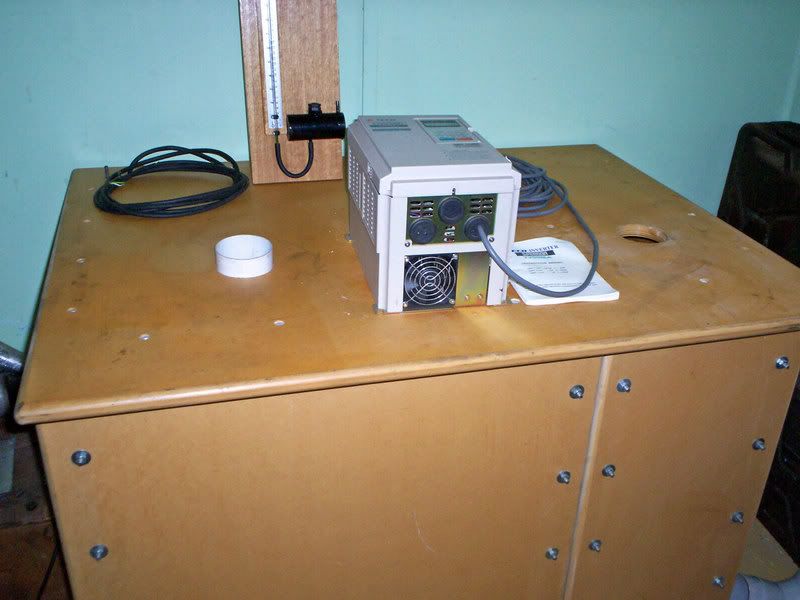I have a few questions about how y'all have your test fixtures set up for pressure testing.
First a little background:
We have a bi-directional Pitot style bench with an FP1 Flow Processor. We are flowing over 1000 CFM on the 4" range - the bench works very well. We have 16 motors staged in banks of 2, we have an FP3 depression controller and an integrated weather station also from Flow performance. Our settling chamber and test surface are made from 3/4 MDF which has been painted with multiple layers of paint and quadruple sealed - its about as air tight as MDF can be made.
On suck (vacuum) mode the bench does great - 0 CFM with the test fixture closed off. Pressure is another matter. We started out with the pressure lifting the test peice so we tried some straps, but they got in the way and we switched to a set of metap rails on the front and back side that we use to clamp the test fixture down with. The top of the test surface has a soft rubber coating all across it. The problem is that no matter what we do we cannot seem to keep there from being small leaks between the test peice and the bench itself. (the test fixture is a cylinder block we milled down to the bottom of the cylinders and then epoxyed to a MDF base.
At this point we're thinking we need to go with a thick metal surface on the top of the settling chamber box and a more traditional single bore cylinder adapter / head stand.
Can you all post some pictures and ideas for the setups you have created that seal completely under pressure after repeated use?
First a little background:
We have a bi-directional Pitot style bench with an FP1 Flow Processor. We are flowing over 1000 CFM on the 4" range - the bench works very well. We have 16 motors staged in banks of 2, we have an FP3 depression controller and an integrated weather station also from Flow performance. Our settling chamber and test surface are made from 3/4 MDF which has been painted with multiple layers of paint and quadruple sealed - its about as air tight as MDF can be made.
On suck (vacuum) mode the bench does great - 0 CFM with the test fixture closed off. Pressure is another matter. We started out with the pressure lifting the test peice so we tried some straps, but they got in the way and we switched to a set of metap rails on the front and back side that we use to clamp the test fixture down with. The top of the test surface has a soft rubber coating all across it. The problem is that no matter what we do we cannot seem to keep there from being small leaks between the test peice and the bench itself. (the test fixture is a cylinder block we milled down to the bottom of the cylinders and then epoxyed to a MDF base.
At this point we're thinking we need to go with a thick metal surface on the top of the settling chamber box and a more traditional single bore cylinder adapter / head stand.
Can you all post some pictures and ideas for the setups you have created that seal completely under pressure after repeated use?
